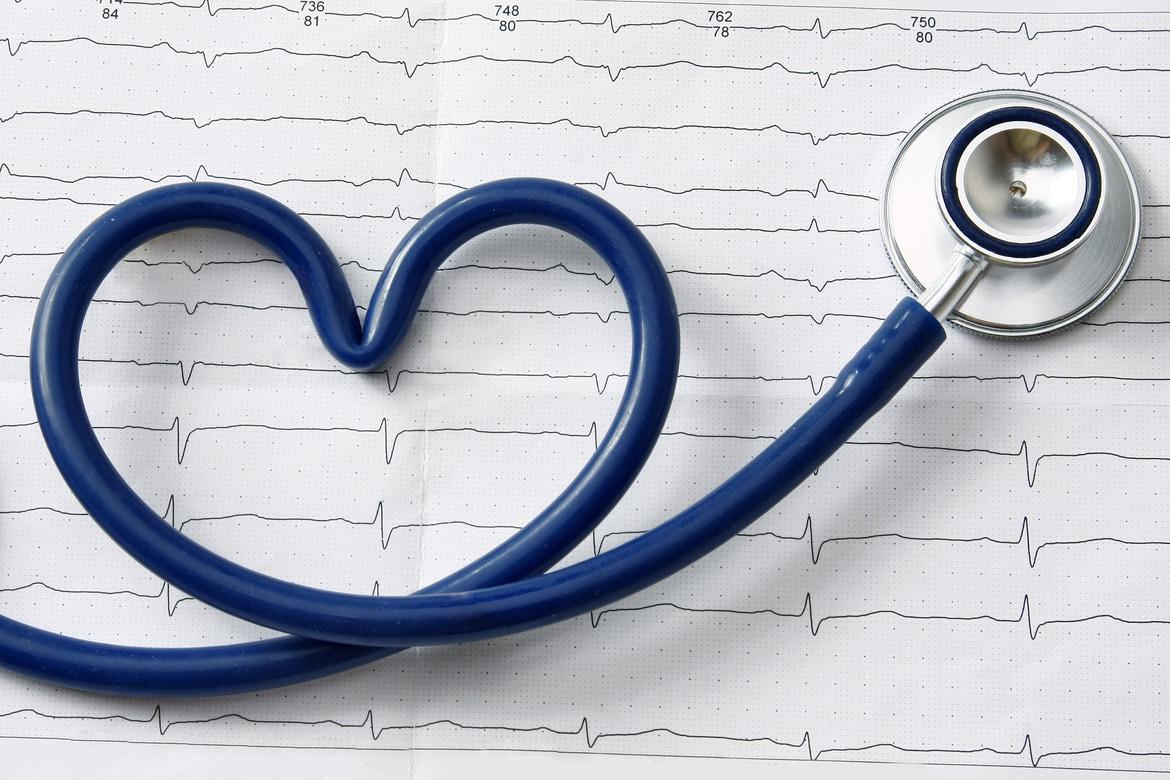Our cardiologists
At Gleneagles Hospital, our specialists are experienced in performing diagnostic tests such as trans-thoracic echocardiograms to get an overview of your heart health.
^Specialists may qualify to be on the Extended Panel (EP). You may enjoy selected panel benefits depending on your policy and riders.




